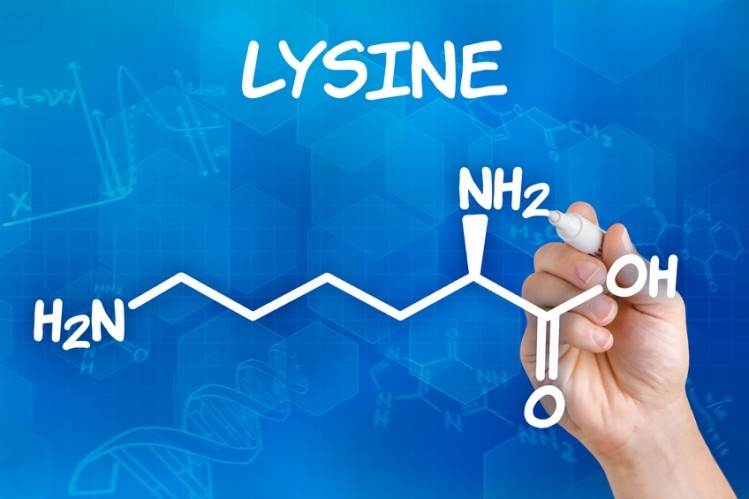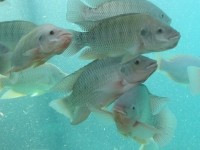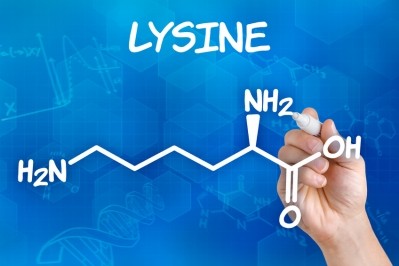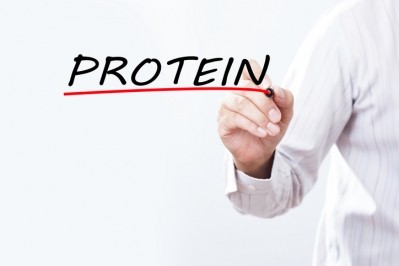Evonik tool assess ideal amino acid levels for farmed tilapia

The company said the technology would also contribute to maintaining water quality.
Its AMINOTilapia tool calculates the ideal amino acid recommendations for different growth stages of tilapia considering various production features.
“The software helps nutritionists to formulate diets that optimally meet the animals’ needs and improve [the] feed conversion rate.”
“The tool is a step towards modern diets that are formulated to balance amino acids and reduce excess dietary protein, which is usually the most costly component in feed. Balanced diets not only increase efficiency, but also contribute to protecting the environment thanks to a reduced nitrogen excretion.”
Aquaculture is one of the fastest growing industries and tilapia is currently the second most produced fish worldwide, just after carp.
The global production of farmed tilapia amounted to more than 5m tons in 2015, according to Evonik. Nile Tilapia is the species most widely farmed, making up about 75% of farmed tilapia in total, noted the amino acid producer.
A review of research into amino acid needs of farmed tilapia….
We have been tracking research into amino acid requirements of that species on FeedNavigator.
Last December, we reported on work done by a team of researchers from Brazil. They evaluated dietary levels of the limiting amino acid, histidine, in six aquaculture feeds for farm-raised tilapia because information on essential amino acid requirements of that fish species is lacking.
The group published their work in the journal Aquaculture.
“There is a lack of consistent data on essential amino acid requirements considering different growth stages of fish and using new technologies as tools to understand the complex mechanisms involved in fish growth. This information is needed to more accurately formulate well balanced diets,” said the researchers.
“The purpose of this experiment was to determine the dietary histidine requirement of juvenile Nile tilapia based on growth performance, muscle development, expression of muscle-growth-related genes and hematological responses.”
The group found that adding 8.9g of histidine kg-1 to the diet improved final weight; weight gain (WG), the feed conversion ratio (FCR), the protein efficiency ratio, net protein uses and active hypertrophic growth for tilapia, but fish fed larger amounts of the amino acid had more expression of MyoD.
“Based on second-order regression analysis, the dietary histidine requirement for maximum WG of Nile tilapia juveniles was estimated to be 8.2 g kg− 1, corresponding to 3.1% of crude protein,” reported the authors.
Tryptophan trials
In April this year, we covered a study from Brazil suggesting that increasing dietary tryptophan (Trp) levels boosted weight gain in juvenile Nile tilapia fed a corn-soy diet.
Based upon analysis of dietary Trp levels in the trial diets and weight gain, feed conversion, protein efficiency, fish uniformity and whole body retention of arginine, phenylalanine and lysine the optimal amount of Trp was established as 2.9g/kg, they said.
“In conclusion, 2.9 g/kg of Trp meets the dietary requirements for growth performance of juvenile Nile tilapia fed corn-soybean meal diets,” said the researchers. “Dietary Trp increases fish uniformity and amino acids retention.”
Lysine levels
Meanwhile, another study from that part of the world concluded that more lysine is needed than less for finishing Nile tilapia growth promotion.
In March 2016, we noted how a team of researchers from Brazil sought to determine the optimal amount of lysine to include in the finishing diet of tilapia as no previous requirement had been set.
The amino acid is considered the first limiting essential amino acid in many cereal grains used in fish diets, they said.
Fish diets are increasingly supplemented with amino acids because diet ingredients often fail to provide necessary levels of those nutrients, said researchers. The feed supplement also may boost weight gain, nitrogen retention and reduce body fat in fish.
“Evaluating dietary lysine requirements is of high priority in order to elaborate balanced and sustainable aqua feeds to avoid deficiency or excess of amino acids which can promote imbalance or antagonisms and impaired effects on growth performance and health of fish.”
However, most research has been focused on the diet for young or juvenile stages of development, they said. Little work has been done to establish the levels of lysine needed for production of adult fish.
Their study looked at growth performance and muscle development to track the optimal level of lysine inclusion in adult fish diets.
“Besides the lack of data of essential amino acid requirements considering the adult phase, the dietary lysine requirement for optimizing fillet yield might be higher than that required for optimal weight gain, because this amino acid plays an important role in muscle development,” said the authors.
“Based on second-order regression analysis, the dietary lysine requirement for maximum fillet yield of finishing Nile tilapia was estimated at 14.6 g kg− 1, corresponding to 5.8% of dietary protein,” they concluded.









